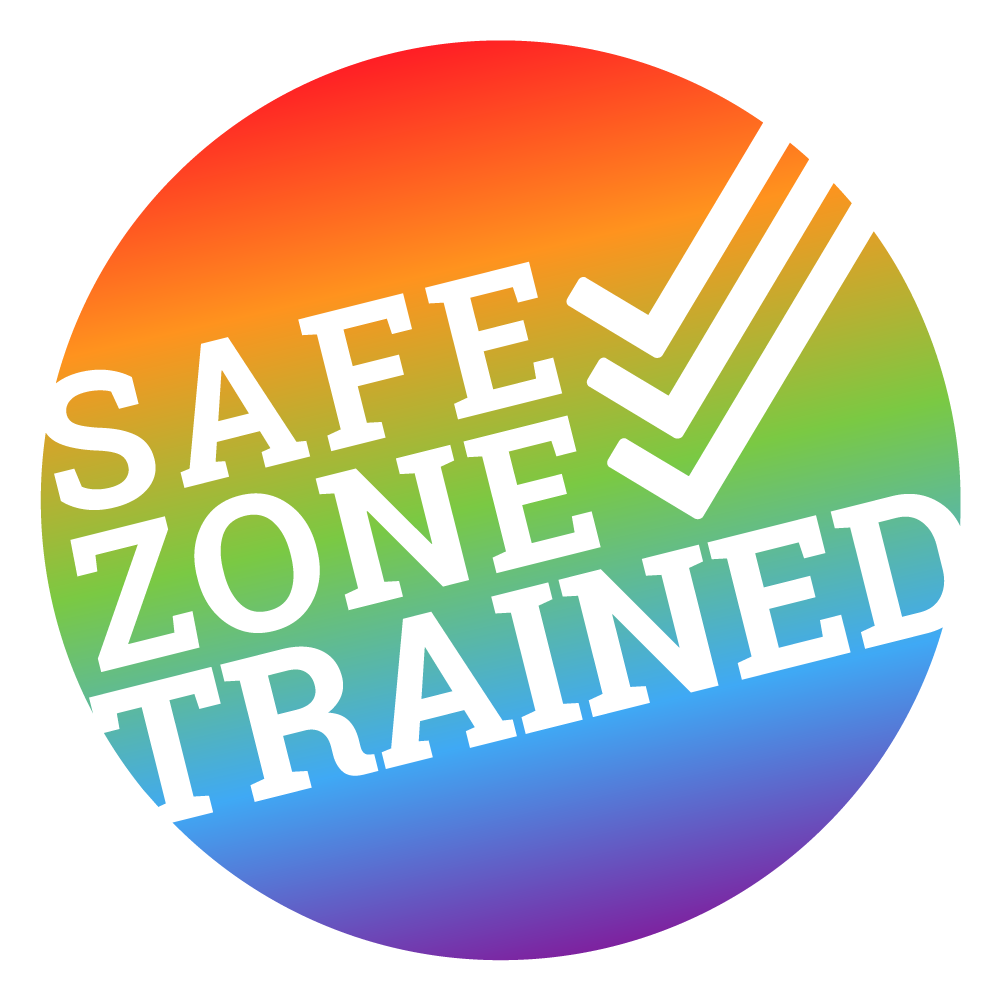Social Class and Its Impact on Social Policy
Social Class and Its Impact on Social Policy
Key Points
When I hear the word "social class," the term that comes to my mind is the British "ton" (society). I'm a big fan of watching British TV shows, and when I watch shows like Bridgerton, the aristocracy (nobility) and royalty come to life. Although some wealthier members of the middle classes could marry into the lower classes, such unions were not completely accepted by the elite ton. Social positions could be altered or determined by income, houses, speech, manner of dress, or even etiquette. Climbing the social ladder could take generations, particularly into the aristocracy, which did not readily accept those perceived to be of inferior birth. Marriages with untitled bourgeois of the same social class were less criticized and much more common, since they had almost the same social position as the nobility. Why I think of the British ton when I hear the term "social class" is because it reminds me of a time back in history when, in British culture, social class was a very important and integral part of society. British aristocracy was a defining culture where social classes were a population based on economic status and position in society. The British ton's influence, although archaic, is still felt today in many cultures.
According to Pew Research, the middle class in the United States makes up 52% of the population (Bennett, J., Fry, R., & Kochhar, R., 2020, July 23). A key defining characteristic of the middle class is disposable income. When pay for labor is high, workers enjoy income that affords them the lifestyle to purchase items or make improvements to their lives and their families' lives to build up capital. This type of disposable income was first evident during the Industrial Revolution, when the high production of goods lowered prices for products, allowing the working classes to afford items such as "comforts" for the home. Capital is property that has the potential to produce future value, such as land, buildings, vehicles, technology applications, and intellectual property. Middle-class individuals often have steady employment, better access to education, and some financial security through savings or property ownership. This allows disposable income to be used for things like vacations or sending their children to good schools. (Spacey, J., 2020, May 28).
Being “middle class” involves more than how much money an individual or family earns. It can also relates to the type of employment (e.g., professional, trade, contract work) level of education, and the opportunities available to them.
Poverty is related to social class in many ways. For example, being "low class" might describe individuals and families who work in jobs with low wages, don't own capital, and depend on living from "paycheck to paycheck," struggling to make ends meet. They do not have disposable income to afford a leisurely lifestyle (e.g., vacations). While some working-class jobs require technical skills, they don’t usually require a college education. Poverty can also relate to social class through a lack of financial mobility, preventing people from affording opportunities such as quality education, living in stable and safe neighborhoods, and facing challenges like unstable housing or a lack of healthcare. (CrashCourse., 2017, September 25).
Social class fits into social policy development, implementation, and application by analyzing the data of the diverse challenges faced by different socioeconomic groups. According to the Economic Research Service (USDA), data shows that poverty is not evenly distributed, with rural areas consistently having higher poverty rates than metro areas, particularly in the South and regions like the Mississippi Delta and Appalachia (Farrigan, T., 2022, November 29).
Policies addressing social class that are under development, implementation, and application should consider socio-economic disparities especially faced by disadvantaged or marginalized groups. Effective social policies should be tailored to address these disparities and provide resources that create equitable opportunities across all regions and social classes.
References
Bennett, J., Fry, R., & Kochhar, R. (2020, July 23). Are you in the American middle class? Find out with our income calculator. Pew Research Center. https://www.pewresearch.org/fact-tank/2018/09/06/are-you-in-the-american-middle-class/
CrashCourse. (2017, September 25). Social class & poverty in the US: CrashCourse sociology #24 [Video]. YouTube. https://youtu.be/c8PEv5SV4sU
Spacey, J. (2020, May 28). 11 characteristics of social class. Simplicable. https://simplicable.com/en/social-class-characteristics
Farrigan, T. (2022, November 29). Rural poverty & well-being. Economic Research Service. U.S. Department of Agriculture. https://www.ers.usda.gov/topics/rural-economy-population/rural-poverty-well-being/
LATEST BLOG POST
Search Results




